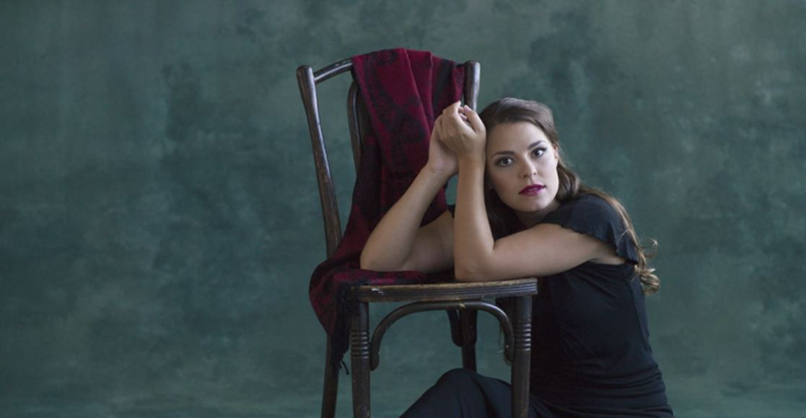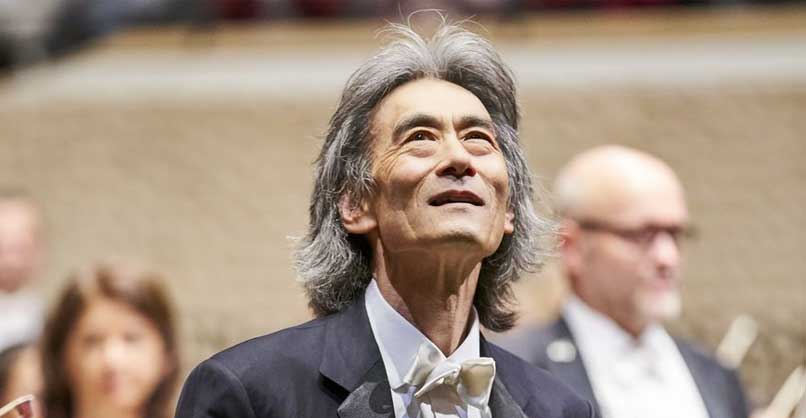"Le nozze di Figaro", or The Marriage of Figaro is one of the finest operas ever written. Wolfgang Amadeus Mozart wrote this comic opera in 1786 and it has been produced and enjoyed around the world ever since. This most performed opera worldwide, about the wedding day of Figaro and Susanna, is a funny and intriguing romp.
This is one of the best known Mozart’s operas. Da Ponte’s libretto was based on Beaumarchais’s The Marriage of Figaro, however, the playful atmosphere is preserved whilst the satirical elements and the criticism toward society are considerably reduced and toned down due to censorship. Nevertheless, the opera still shows the aristocracy as strongly clinging to their privileges and the third state as struggling to survive. Plus, this is the beginning of the collaboration between Mozart and Da Ponte.
HISTORY
The action takes place in the palace of Count Almaviva in Seville, Spain. The time is the early 19th century.
The plot: the Countess of Almaviva is married to the raunchy, ageing, womanising Count. The count is chasing Susanna, a servant girl, about to be married to Figaro, the Count's valet. The Countess, Susanna and Figaro plan to shame the Count and expose his scheming ways. In response, the Count arranges for Figaro to legally marry an old woman who turns out to be his mother.
Because of clever schemes the love of the Count and Countesses is resored.
Act 1
In the Count's home, Figaro and Susanna, are preparing for their wedding when Figaro learns that the Count desires Susanna. Afraid that the Count will reinstate a law that would allow the Count to bed a servant girl before her new husband. Figaro realises a plan needs to be devised.
Act 2
In the Countess's chambers, the Countess is questioning Susanna about the Count's fidelity. Susanna explains that the Count has offered her bribes in return for her affections. Susanna convinces the Countess that she is not interested in the Count. The Countess crafts a plan to teach her husband a lesson.
Act 3
The plot unfolds in the wedding hall. Susanna tells the Count to meet her at night, in garden. The Count suspects deception and tells Figaro that he must marry old Marcellina instead of Susanna. Figaro argues that he must have his parents blessing. Figaro does not know his parents so court documents are searched. There are celebrations when Figaro is reunited with his parents.
Act 4
The Count and Susanne are to meet in the garden after the wedding. But, the Countess, dressed as Susanna meets him instead. Elsewhere, Susanna sings of her love for Figaro, though Figaro believes she is singing about the Count, not him . In the garden, "Susanna" and the Count meet. The two embrace passionately and he gifts her a ring. The Count discovers his wife, dressed as Susanne. The Countess scolds her husband for his foolishness, he begs for forgiveness and all ends well.
MAIN ROLES
Count Almaviva. Bass
Countess Rosina Almaviva. Soprano
Susanna, the countess's maid. Soprano
Figaro, valet to the count. Bass
Marcellina. Soprano












